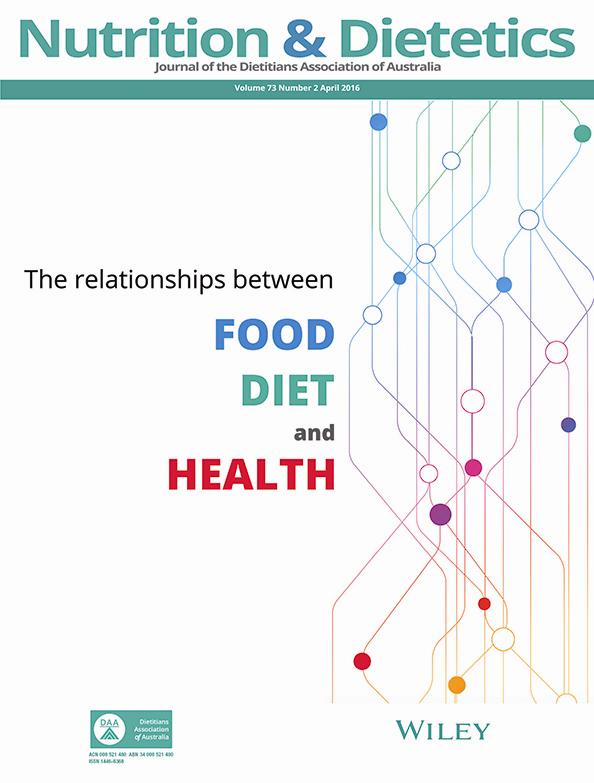Timing of school meals as a predisposing factor for childhood overweight and obesity
Abstract
Aims
Childhood obesity is emerging as a relevant public health concern because a significant proportion of obese children will become obese in adulthood. The prevalence of childhood and adolescent obesity has increased in developed and developing nations. This study aimed to verify the prevalence of overweight and obesity in schoolchildren from primary schools in an urban–rural peripheral region of Sao Paulo, Brazil.
Methods
This was a cross-sectional study with 2039 6- to 10-year-old children. The body mass index in z-scores (BMI z-score) were measured and tested for possible associations between variables such as gender, age, school grade and time of day.
Results
The average age of the children was 8.5 years. We found a higher frequency of overweight children (16.4%) than obese children. There were no differences observed between schools. In the overweight group, we found higher z-scores in children from the first and third grades and no differences in the obese group. Moreover, the BMI z-score was higher in the overweight children in the first time of day and for the obese children in the third time of day.
Conclusions
The children studied in the third time of day (3–7 p.m.) had a high BMI z-score. Being overweight was more prevalent than obesity in children. Moreover, the frequency of obesity in boys was higher than in girls. Anthropometric surveillance of obesity and lifestyle changes are necessary to control excessive weight gain in childhood.




